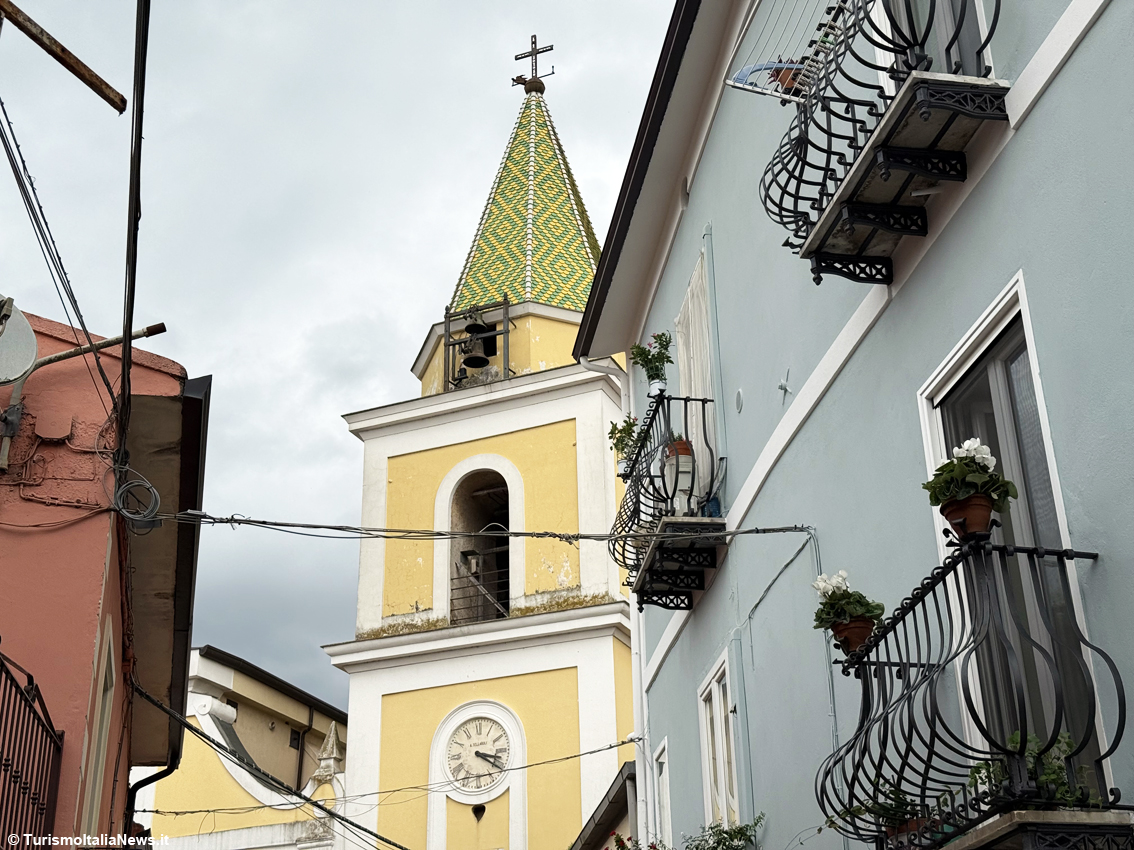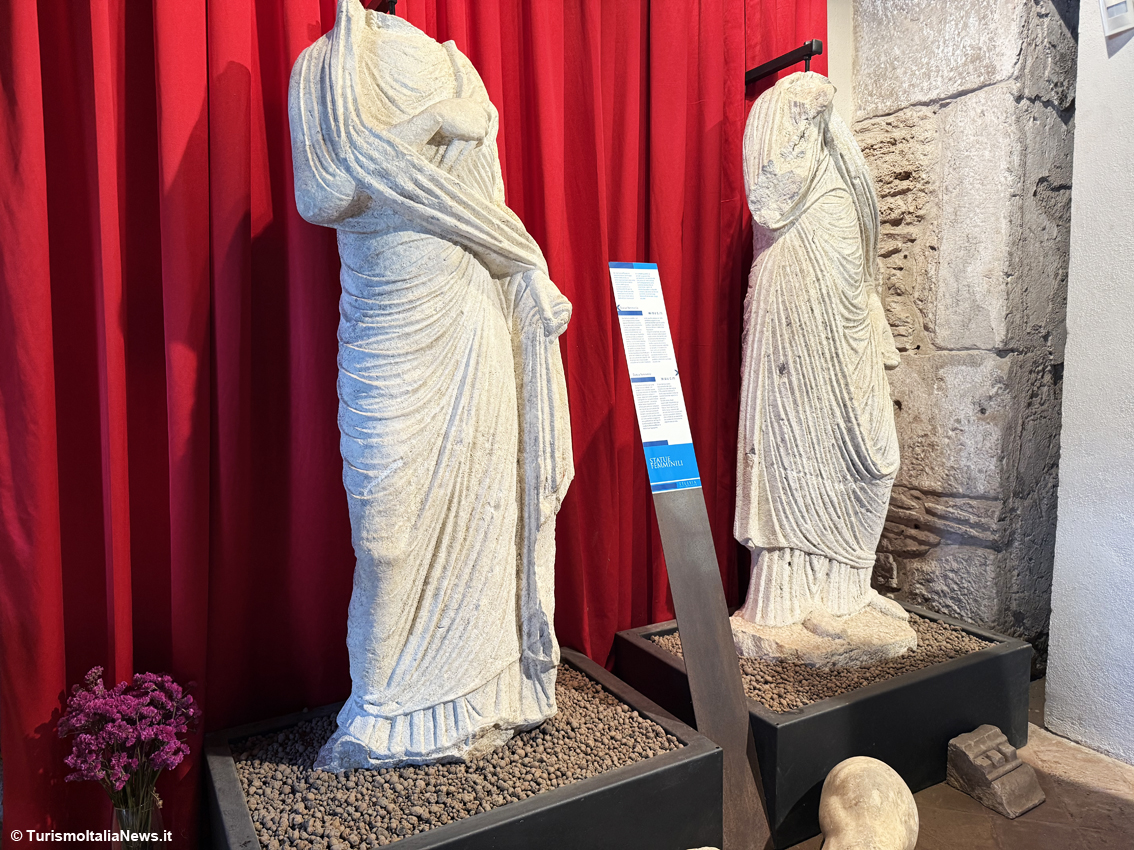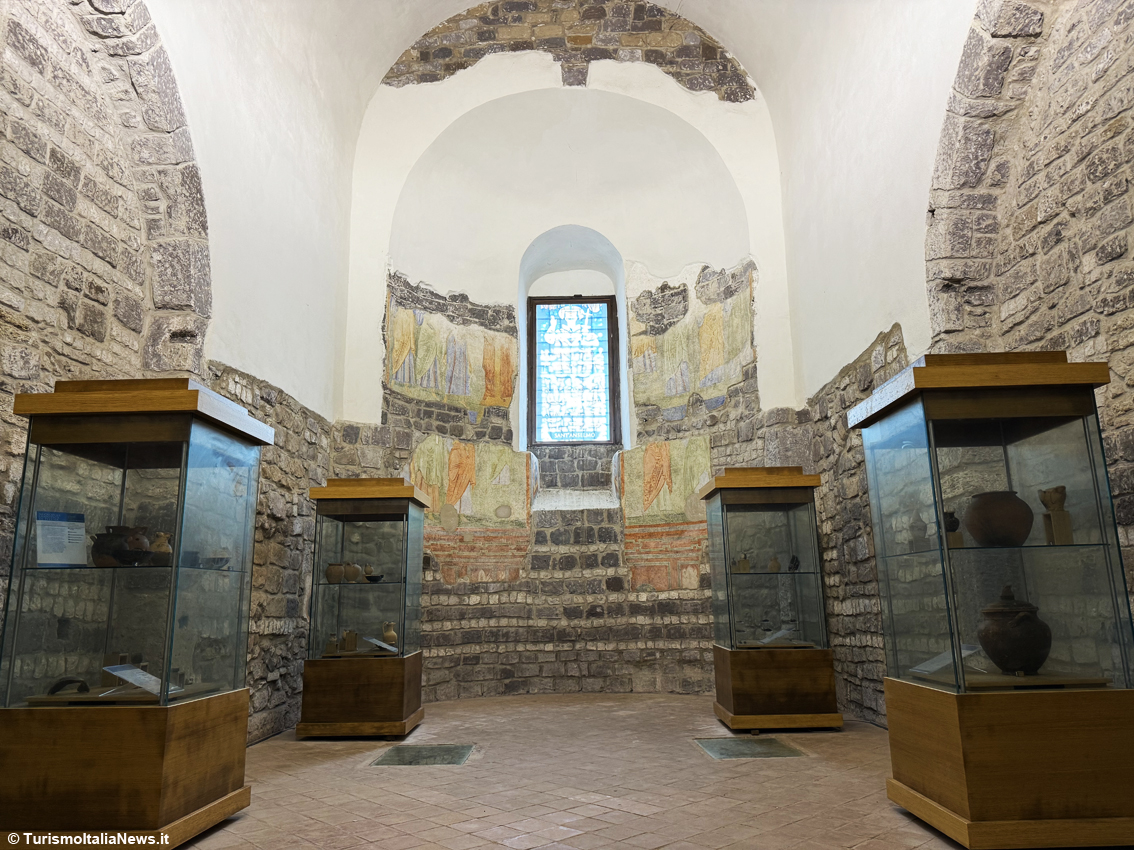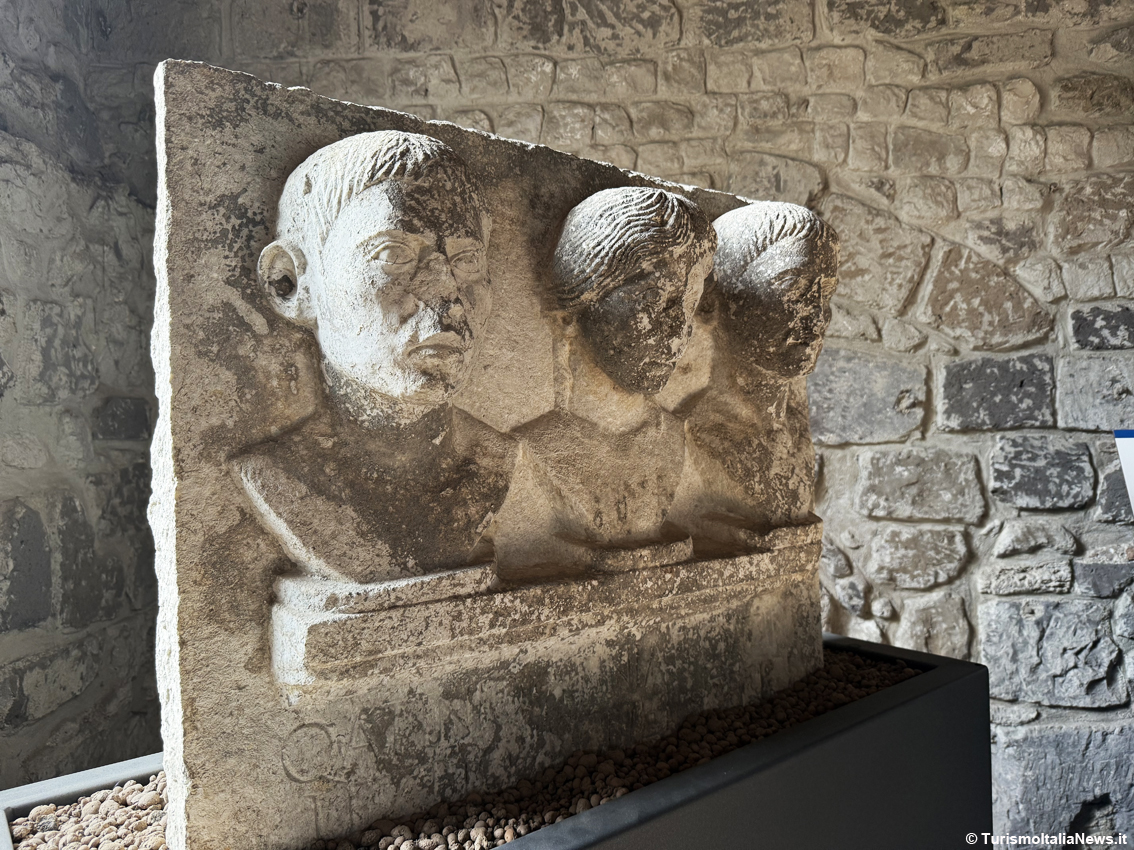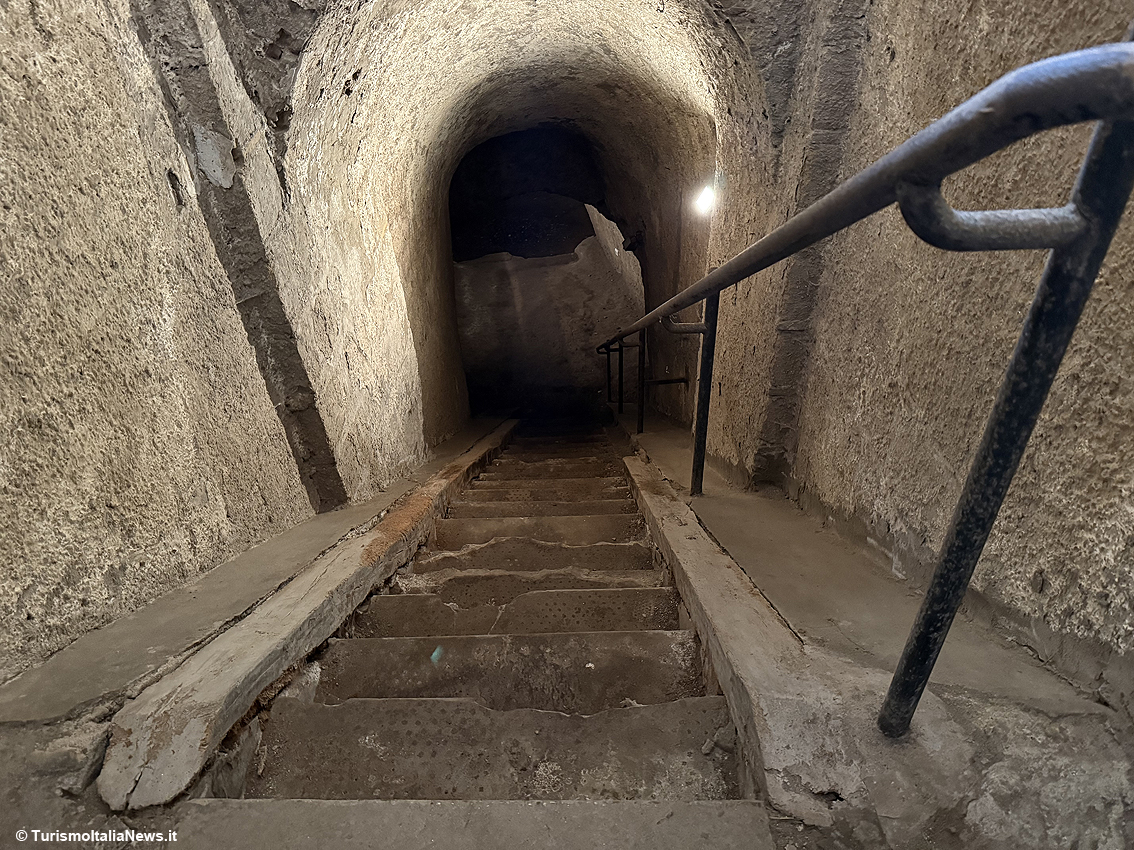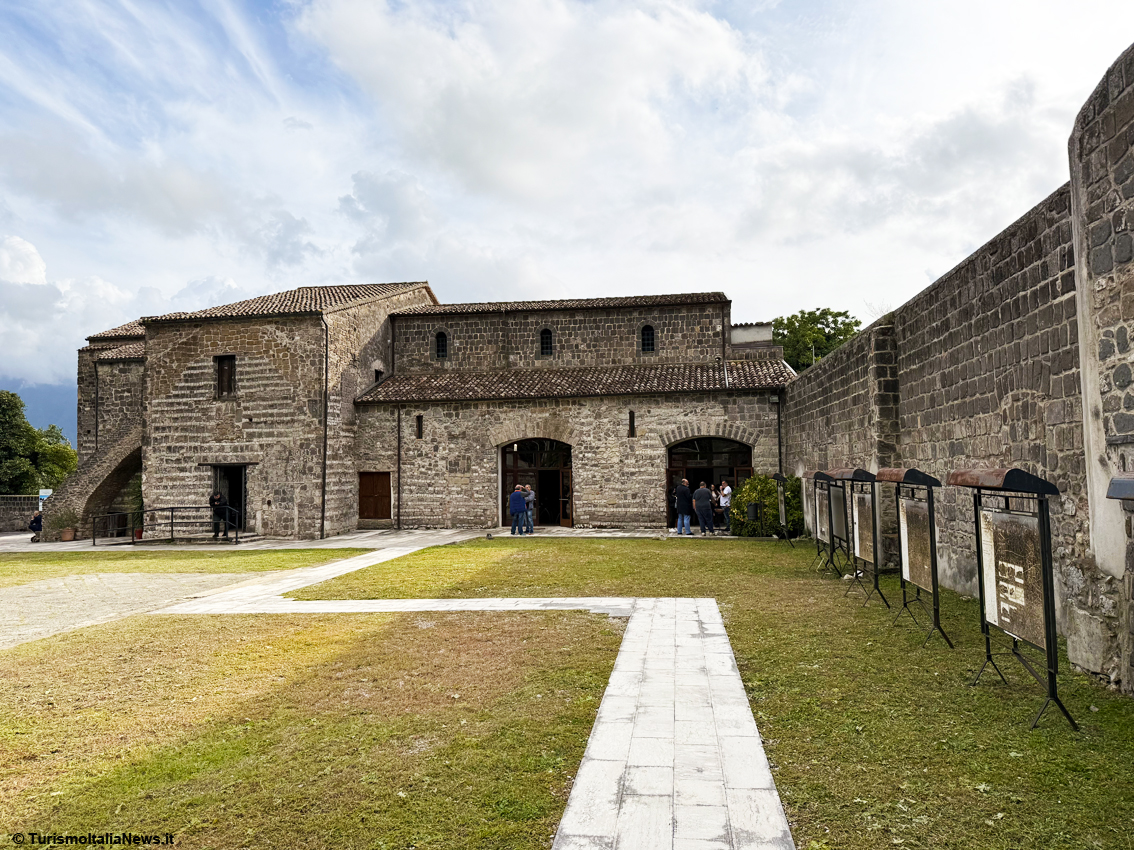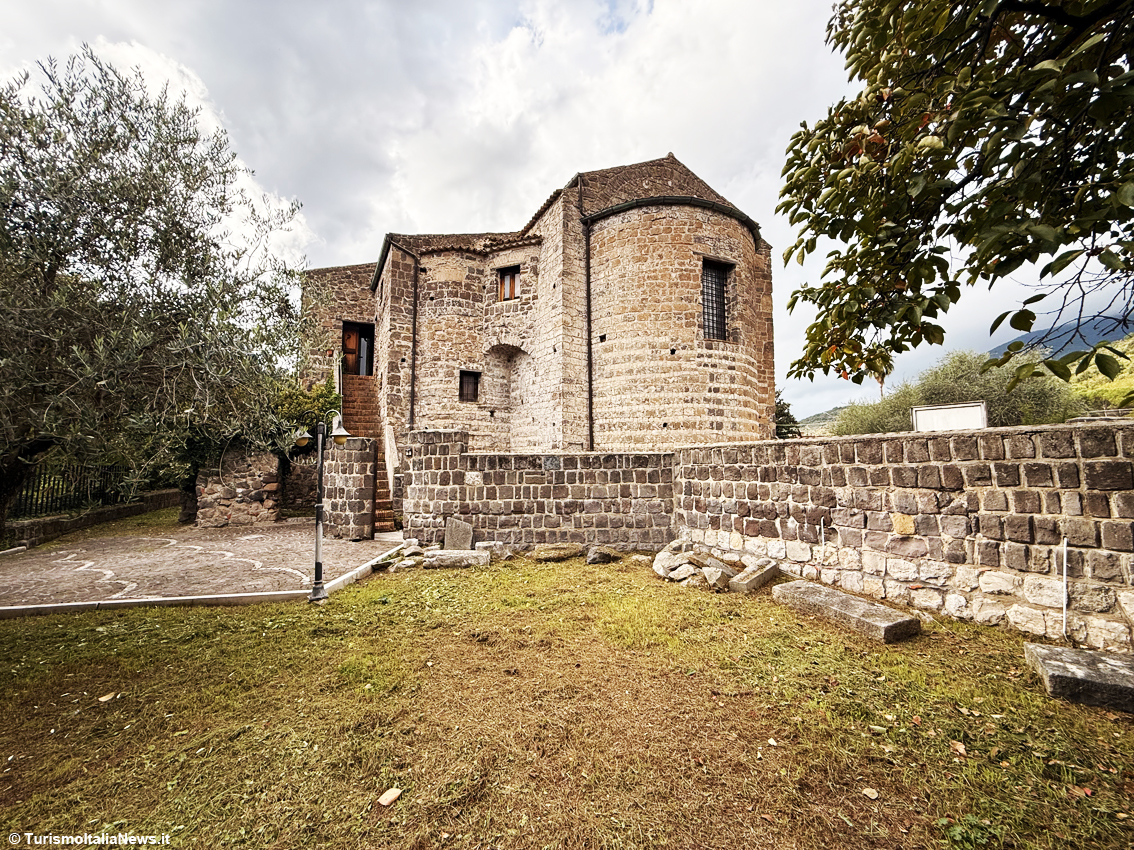ITALY | San Salvatore Telesino: along the Southern Via Francigena, where history, faith and flavors endure in Campania
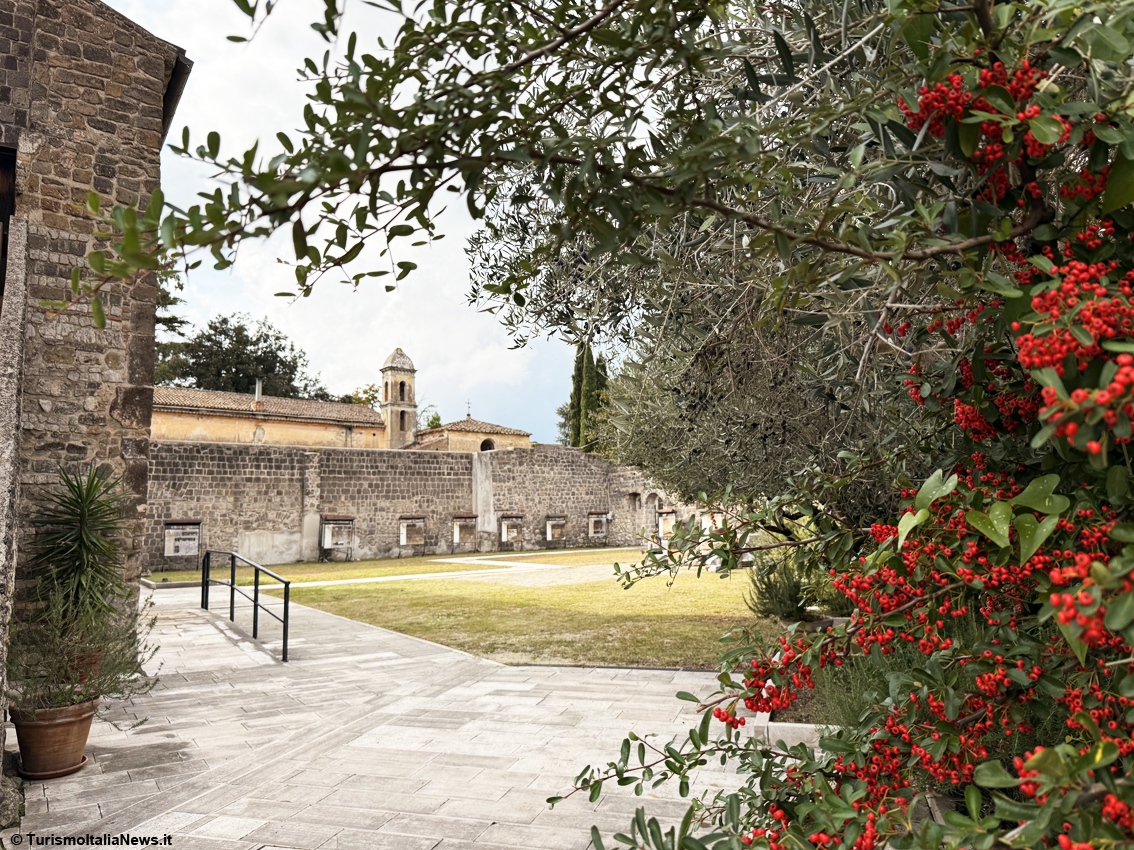
by Giovanni Bosi, San Salvatore Telesino / Campania / Italy
Those who walk the Southern Via Francigena know this well: there are places you don’t just pass through — you feel them under your skin. San Salvatore Telesino is one of those places. A village that blends the pilgrim’s slow pace with the thrill of discovery, where every stone tells of Samnite battles, Benedictine monks, Roman mosaics and ancient recipes handed down like family secrets. This is a world that doesn’t need embellishment to astonish you — an ancient fresco, the scent of sizzling oil, the heartfelt story of someone who’s lived here forever. Suddenly, the journey becomes an experience.
(TurismoItaliaNews) In the Telesina Valley, in the province of Benevento, San Salvatore Telesino embodies the perfect blend of timeless memory and warm southern hospitality. Here, amid old stones and rustic aromas, runs the Southern Via Francigena, the historic route that for centuries has guided pilgrims and travelers towards Rome — and beyond, to the Holy Land.
🏺 The lost city of Telesia
Wandering among the fields and gentle hills of San Salvatore Telesino, one can still sense the breath of Telesia, the ancient Samnite — later Roman — city whose legacy lives on in this territory. Founded by the Samnites and mentioned during the Punic Wars, Telesia once stood at a strategic crossroads where the Calore and Volturno rivers meet, midway between Capua, Benevento, and Venafro. Its impressive city walls, still visible for nearly two and a half kilometers, are among the best-preserved monuments of the ancient settlement. Built in concrete faced with squared limestone blocks, up to two meters thick and more than seven meters high in some points, they reveal a construction technique centuries ahead of its time — one that would later inspire the bastioned fortresses of Europe. The projecting towers and curved curtain walls, designed to expose attackers to crossfire, testify to an engineering sophistication remarkably modern for its era.
💡 Did you know?
The defensive design of Telesia’s fortifications mirrors a system described by the Greek engineer Philo of Byzantium in the 3rd century bC - the mesopyrgia - a model that anticipated later European military architecture. Archaeological excavations have unearthed necropolises, mosaics, and urban structures, revealing a city built on a clear, rational plan — typical of Roman colonies. In the 1st century bC, Telesia became the Colonia Herculia, registered under the Tribus Falerna, confirming its political and cultural significance in southern Samnium.
⛪ The Benedictine Abbey of the Holy Saviour
Few places in Campania blend art, faith and archaeology as gracefully as the Benedictine Abbey of the Holy Saviour, from which the village takes its name. Founded around the 10th century, the monastic complex includes the church, the former monastery and an oratory, likely built atop the remains of a Roman villa, as evidenced by a mosaic discovered here in 1991. Inside the church — a three-naved structure with beautifully restored medieval proportions — visitors can admire a 14th-century fresco of Saint Scholastica. Within its ancient walls lies the Antiquarium of Telesia, a fascinating archaeological collection displaying amphorae, capitals, mosaic fragments and inscriptions that bring to life the vanished city’s history and culture. Don’t miss: the Well of Saint Anselm, said to have been dug in the exact spot indicated by the saint himself during his stay in San Salvatore. Here, amid silence and memory, history turns into spirituality — an invitation to pause and reflect. During guided visits led by Lorena Pacelli, Gianmario Mattei, and Emilio Di Palma from the Pro Loco Association, the village reveals itself through stories and anecdotes, unfolding like a living museum where every stone hides a tale waiting to be told.
🍷 Flavors and traditions of the Telesina Valley
San Salvatore Telesino is not only a place of history — it is also a land of flavor, community, and deep-rooted rural tradition. The village boasts three delicacies recognized as Traditional Agri-Food Products (Pat): the Struppolo, the Vanti, and the Peperone Quarantino di San Salvatore — all true icons of Samnite gastronomy.
🥖 The Struppolo
A symbol of abundance and good fortune, the Struppolo traces its origins back to Samnite-Roman times. This golden, savory fritter — made with flour, eggs, and extra-virgin olive oil — was once prepared for weddings and village celebrations. A Roman inscription preserved in the Telesia Civic Museum mentions a banquet featuring crustulum, a likely ancestor of today’s Struppolo. In San Salvatore, this is more than food: it’s a shared ritual, an edible link between generations.
🥨 The Vanti
Crispy, twisted, and golden, the Vanti are the soul of peasant festivities. Their name, possibly derived from “glove,” reflects both their shape and the manual skill behind their creation. Traditionally served during weddings, they were the essence of simplicity: just wine, vanti, and struppoli on the long tables laid out under the stars.
🌶️ The Peperone Quarantino
Bright red, aromatic, and naturally sweet, the Quarantino pepper has been cultivated for generations in the Telesina Valley. With its thin flesh and distinctive flavor, it’s the star ingredient of stuffed peppers, the signature dish of traditional feast-day meals.
🎉 The Struppolo Festival: tradition that unites a community
Each year, the Pro Loco of San Salvatore Telesino, led by president Egidio Cappella, organizes the Struppolo Festival — an event that celebrates identity, flavor, and culture. “We’re working,” says Cappella, “to have our festival recognized among Italy’s official Sagre di Qualità (Festivals of Quality). It’s a way to honor our land, our PAT products, and the volunteers whose dedication keeps this heritage alive". The festival also promotes sustainable and responsible tourism, with initiatives for waste reduction, recycling, and the use of eco-friendly materials. It’s a model of continuity, bridging tradition and modern awareness, community and hospitality.
🌿 What not to miss
-The Abbey of the Holy Saviour and the Antiquarium of Telesia
-The Roman city walls of ancient Telesia
-A guided walk with the Pro Loco, exploring history and legend
-Tasting experiences of Struppoli, Vanti, and Quarantino peppers
-The Struppolo Festival, the village’s signature celebration
✨ A village with a soul
San Salvatore Telesino is not a place you simply visit — it’s one you live, listen to, and taste. Among the shadows of Telesia’s ancient walls and the golden light of its fields, between the voices of volunteers and the aroma of freshly fried dough, you rediscover the most authentic Italy — humble, proud, and deeply human. On the Southern Via Francigena, San Salvatore Telesino is a pause for the soul — a small yet timeless world where history, faith, and flavor blend in perfect harmony.
Giovanni Bosi, journalist, has carried out reportages from numerous countries around the world—from Libya and Syria to China and India, from various South American nations to the United States, and across Europe and the many facets of Africa. He has a particular passion for archaeology and cultural heritage. His articles reveal an ardent, heartfelt interpretation of the places he visits, recounting the experiences he lives there. He writes not merely as an observer, but as a witness whose emotions are always at the forefront. He is also the author of several books and publications.
mail: Questo indirizzo email è protetto dagli spambots. È necessario abilitare JavaScript per vederlo. – X: @giornalista3
POSSONO ANCHE INTERESSARTI:


